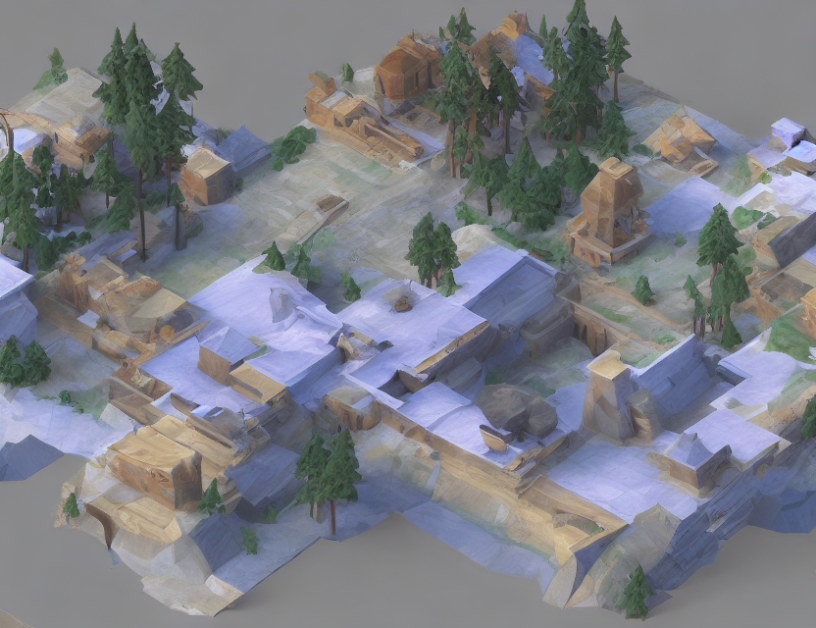In recent years, diffusion models have gained significant attention in the field of generative AI, particularly for text-to-image generation. These models have shown remarkable capabilities in generating high-quality photorealistic images from open-book contexts. This article aims to demystify these diffusion models and their applications in various tasks such as image interpolation, inversion, and editing.
Diffusion models are based on the idea of iteratively refining an image through a series of transformations. The process involves applying a series of noise operations to the original image, each operation gradually modifying the image towards the desired target. This iterative process allows for highly detailed and realistic images to be generated.
One of the key advantages of diffusion models is their ability to generate diverse and coherent images. Unlike other generative models that rely on a fixed latent space or prior, diffusion models can generate novel and unseen images by sampling from a continuous and flexible latent space. This allows for the generation of highly realistic and detailed images, including objects, scenes, and styles that are not present in the training data.
In addition to image generation, diffusion models have also been applied to various downstream tasks such as image interpolation, inversion, and editing. Image interpolation involves generating new images by interpolating between a set of given images, while inversion involves reversing an image to its original form. Editing involves modifying specific parts of an image while preserving the rest. Diffusion models have been shown to be highly effective in these tasks, allowing for high-quality and efficient image processing.
One of the challenges faced by diffusion models is the computation cost, which can be prohibitively expensive for large images. However, recent advances have led to the development of more efficient algorithms and architectures that significantly reduce the computational cost while maintaining the quality of the generated images.
In conclusion, diffusion models have emerged as a powerful tool for generative AI, particularly in the field of text-to-image generation. Their ability to generate highly realistic and diverse images has made them an attractive choice for various applications such as image interpolation, inversion, and editing. While there are still challenges associated with diffusion models, recent advances have shown promising results in improving their efficiency and practicality. As the field of AI continues to evolve, it is likely that diffusion models will play a crucial role in shaping the future of generative modeling.
Computer Science, Computer Vision and Pattern Recognition
Unifying Image Reconstruction and Captioning with Diffusion Models



